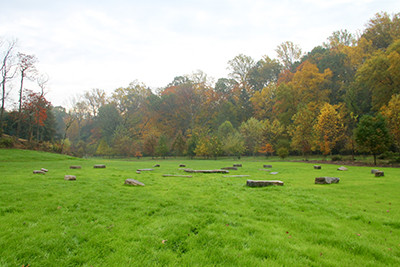
Return of Crumhenge
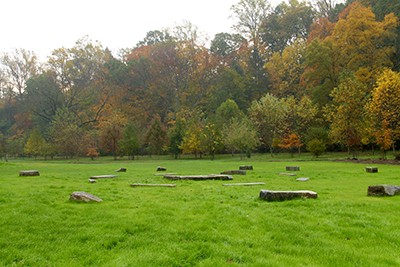 Near the trestle in the Crum Woods lies a several-acre meadow with a circular arrangement of massive boulders. This formation, inspired by Neolithic structures such as Stonehenge, was appropriately named “Crumhenge.”
Near the trestle in the Crum Woods lies a several-acre meadow with a circular arrangement of massive boulders. This formation, inspired by Neolithic structures such as Stonehenge, was appropriately named “Crumhenge.”
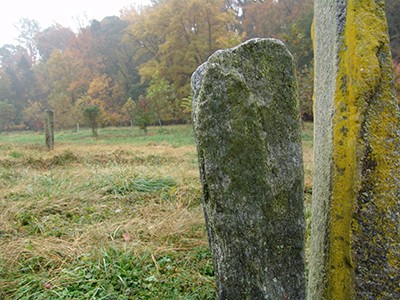
The original Crumhenge had a graveyard-like quality with thin, tall rectangular rocks standing upright. photo credit: R. Robert
The history and purpose of Stonehenge is still something of a mystery, but historians are sure the stones were not arbitrarily arranged. As the UNESCO World Heritage site notes about Stonehenge: “The design, position, and interrelationship of the monuments and sites are evidence of a wealthy and highly organised prehistoric society able to impose its concepts on the environment. An outstanding example is the alignment of Stonehenge Avenue (probably a processional route) and Stonehenge stone circle on the axis of the midsummer sunrise and midwinter sunset, indicating their ceremonial and astronomical character.”
Although Crumhenge does not have a mysterious underlying purpose, it is still a fascinating spectacle, especially when standing on the hilltop overlooking the meadow. Steve Wheaton, who was the Director of Grounds at the time, installed Crumhenge in the 1980s. The original Crumhenge had a graveyard-like quality with thin, tall rectangular rocks standing upright and four boulders indicating the four compass directions. Around these rocks marking north, south, east and west, several other rocks were arranged to form a circle.
Crumhenge has existed primarily for the enjoyment of Swarthmore College students, who often use the fire pit for bonfires. Unfortunately, due to the SEPTA trestle construction, Crumhenge was deconstructed in 2015 so the boulders would not be damaged.
This fall, the original Crumhenge was reconstructed with all the boulders lying flat on the ground. Two concentric circles replaced the original circle; one hugs the fire pit for close seating around the fire, and the other rests several paces outwards. The original stones were used, but additional stones from the Crum Woods were added to create the final arrangement.
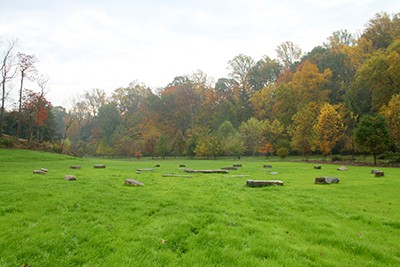
This fall, the original Crumhenge was reconstructed with all the boulders lying flat on the ground. photo credit: A. Bacon
Jeff Jabco, current Director of Grounds, asked that the pathways leading to the center of the arrangement be aligned with the compass points. Of course, Jeff couldn’t help but add with a grin, “The new Crum Henge was laid out and installed during a full moon utilizing the principles of Feng Shui.”
You can reuse and redesign parts of your garden by moving plants and hardscaping elements around to add an entirely different aesthetic to the garden. Landscapes are not set in stone; consider refreshing a tired corner of your garden as a New Year resolution.
_____________________________________________________________________________________________________________________________________
This article is part of an ongoing column called the Crum Woods Chronicle. The Crum Woods Chronicle will be periodic updates and observations about subjects related to natural history, interesting species found in and around the Crum Woods, and exciting events you can get involved in. My hope is that some of these topics will interest you, strengthen your connection to the Crum Woods, and inspire you to explore your backyard a little more often.
Natural areas do not maintain their character and quality independently, especially when they are heavily used by people and embedded in urban environments. Educating yourself about aspects of the Crum Woods that interest you and understanding how your individual use of the Crum Woods impacts it (and how you can reduce that impact!) are important steps every one of us should take.
“In the end we will conserve only what we love; we will love only what we understand; and we will understand only what we are taught.” –Baba Dioum





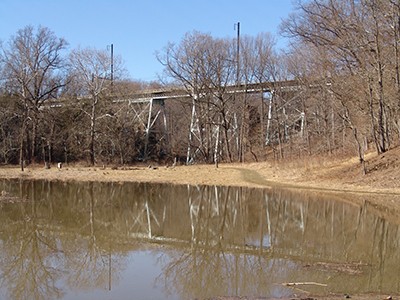
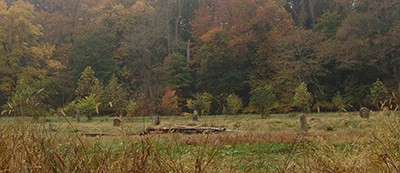
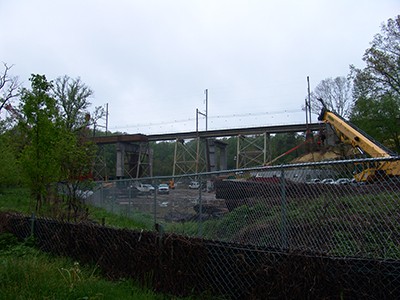
Becky Michael
Posted at 06:44h, 24 MarchFascinating article. Loved the “set in stone” comment too! Thanks!
Becky Robert
Posted at 10:48h, 28 MarchThanks Becky. Alexis had run writing this one. Got to love Jeff’s humor.
Becky Robert
PR and Volunteer Programs Coordinator